Liposome Size Reduction Technologies
Inquiry
The precise control of particle size is fundamental to the liposome production process. CD Formulation provides professional support for developing and manufacturing high-quality liposome products using advanced size reduction technologies on our cutting-edge liposome platform.
The Importance of Liposome Size Reduction Technology
The size and surface charge of liposomes play a crucial role in their targeted drug delivery in vivo. Particles smaller than 100 nm exhibit high permeability through the membrane, while those sized between 100-200 nm demonstrate even higher permeability. As particle size increases, the permeability of nanoparticles decreases, with a critical size for passive translocation through the membrane being 500 nm. Particles larger than 500 nm face challenges in crossing polar epithelial cells to enter the circulatory system. Solid particles ranging from 500 nm to 10 μm can all be engulfed by phagocytic cells, and cell phagocytosis increases with particle size.
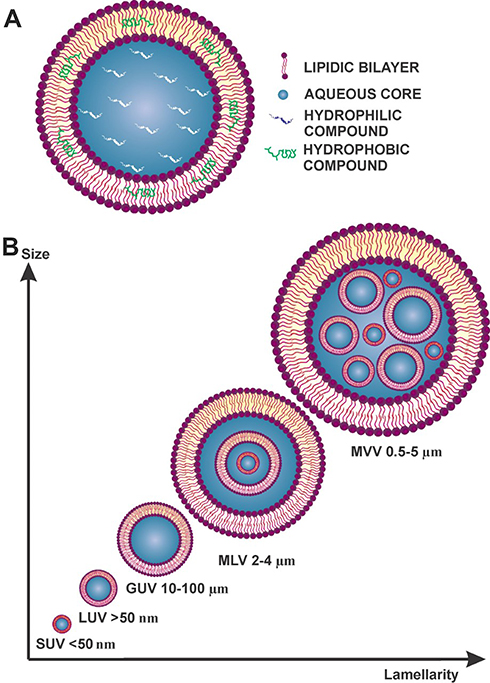 Fig.1 The size distribution of different types of liposomes. (Castañeda-Reyes ED, et al, 2020)
Fig.1 The size distribution of different types of liposomes. (Castañeda-Reyes ED, et al, 2020)
Our Liposome Size Reduction Technologies
Liposome Microfluidization Technology
Microfluidic techniques consistently produce particles with diameters less than 200 nanometers, a critical parameter for numerous biomedical applications. The precise control and inherent limitations of microfluidics make it highly suitable for generating liposomes ranging in size from tens of nanometers to hundreds of microns. At CD Formulation, self-assembly in microfluidics can be regulated by adjusting the liquid flow rate, cross-flow ratio, lipid composition, and concentration, thereby enabling the production of customizable sizes and narrower size distributions.
Liposome Extrusion Technology
The extrusion method is widely employed for the determination of liposome size due to its relative simplicity, speed, and ability to generate uniform liposomes with controlled average size and minimal contamination. Our expertise in extrusion technology enables us to produce liposomes within a specified size range.
Liposome Ultrasound Technology
Ultrasonication, a well-established method for liposome preparation with a rich historical background, has traditionally been limited by non-focusing, low frequency, and poor energy conversion efficiency. This has presented challenges in achieving effective process control. Through our continuous efforts, we have advanced this technology by meticulously selecting appropriate frequencies and energies to exert precise control over the size of liposomes.
Liposome High-Pressure Homogenization Technology
High-pressure homogenization technology is widely utilized as a means of energy conversion. The key component for this energy conversion process is the homogenizing unit, which also serves to refine particle size. As the sample passes through the homogenizing unit, it experiences hydraulic pressure and undergoes high-energy collisions and shearing within a narrow flow channel, resulting in energy conversion and pressure differentials that lead to sample refinement and reduction in particle size.
Liposome Particle Size Reduction Technical Platform
| Facilities and Techniques |
Specifics |
Microfluidization Techniques
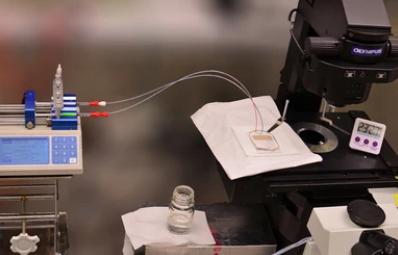 |
- By adjusting the flow rate ratio between the buffer solution and lipid solution, precise control over the size of the liposomes can be achieved.
- Precise techniques for controlling the size of liposomes while maintaining consistent flow rate ratios, thereby advancing research in liposome production and application.
|
Extrusion Techniques
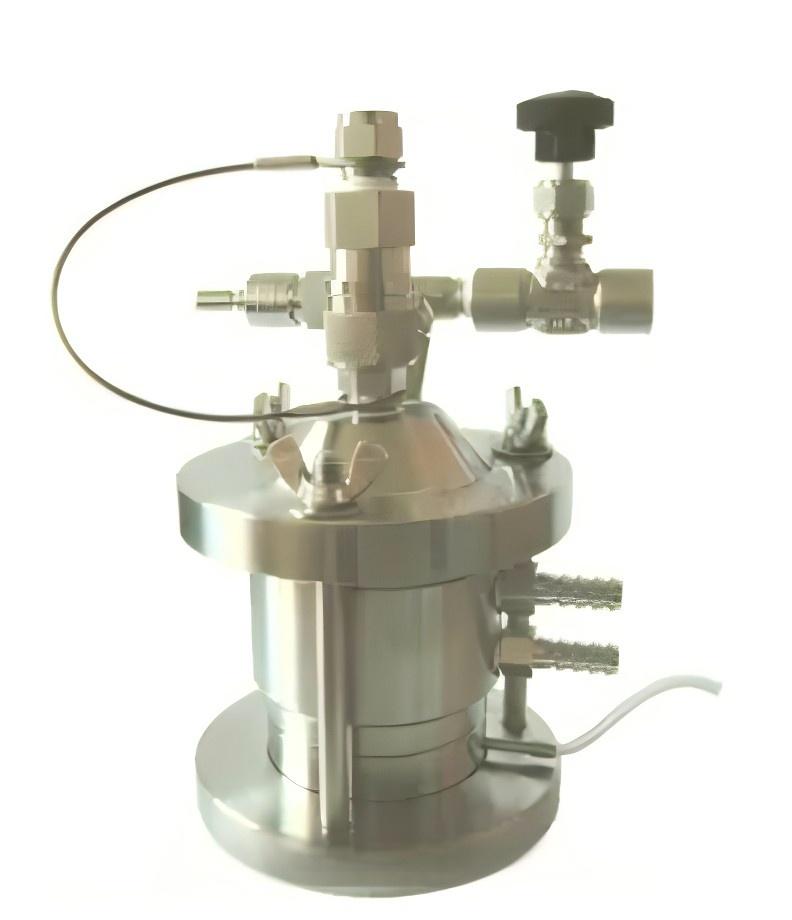 |
- It controls size and distribution with the shearing force of the membrane material.
- Liposomes can be prepared using a liposome extruder to generate liposomes of optimal size and dispersion coefficient. The extrusion process is influenced by three primary factors: extrusion temperature, extrusion pressure, and the utilization of polycarbonate membrane.
|
Ultrasound Techniques
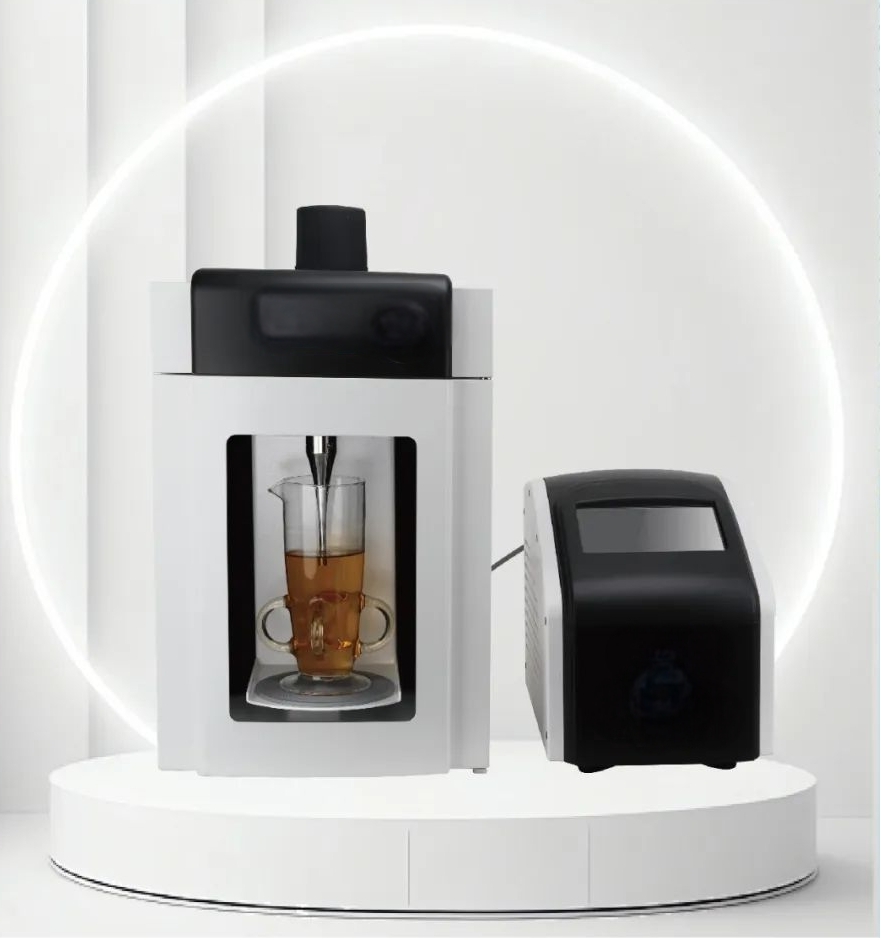 |
- It generates highly concentrated and dense energy, making it suitable for controlling the size of various liposome samples (typically recommended for volumes less than 10 ml) in small quantities, particularly for regulating the size of drug-loaded liposomes in small batches.
- The three ultrasonic parameters influencing the size distribution range of liposomes are ultrasonic depth, power input, and ultrasonic time. Our focus is primarily on studying and optimizing these three aspects.
|
High-Pressure Homogenization Techniques
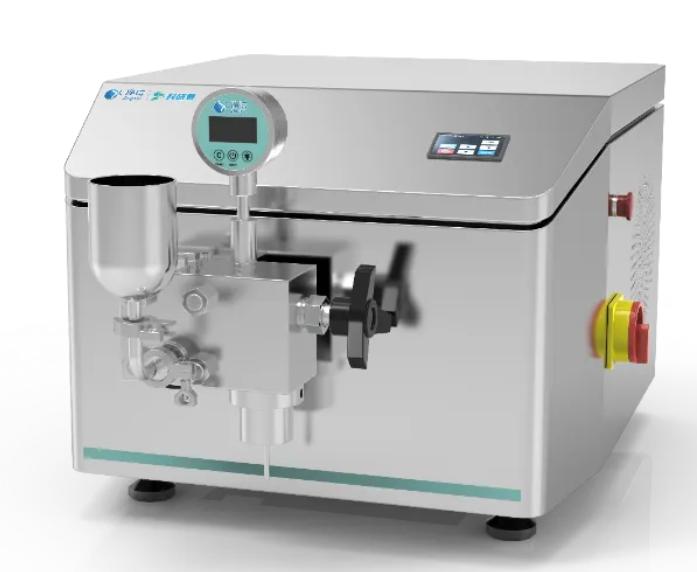 |
- The homogenization unit of the equipment achieves a reduction in particle size and an improvement in particle distribution for liposome samples. Our homogenization units are categorized into homogenization valve type (split slit type) and microfluidic chamber type (integral slit type).
|
Advantages of Our Liposome Size Reduction Technologies
- Different techniques for size reduction. We offer a range of size reduction technologies that can be tailored to production and research and development requirements for the manufacturing and advancement of liposomes. In practical applications, we will carefully select the most appropriate size reduction technology based on specific product characteristics and market demand, while optimizing the process flow. By meticulously controlling various parameters such as temperature, pressure, and speed, we ensure that liposomes attain the desired size and stability during preparation.
- Sophisticated equipment employed for research and production. Our research center is equipped with a range of advanced particle size control equipment, providing dependable technical support for our scientific research endeavors. Through continuous optimization and enhancement of particle size control technology, we are dedicated to advancing the development of liposome product processes and fostering innovation, while offering the industry more reliable and efficient solutions.
- Highly skilled core team. The core team members are drawn from reputable biopharmaceutical companies and possess extensive expertise in the fields of chemistry, physics, and lipid formulation. They boast substantial experience in liposome particle size control, size distribution research, and production processes.
Explore Our Services about Liposome Size Reduction
Liposome Size Distribution Testing
Our liposomal particle size distribution analysis center utilizes a range of state-of-the-art detection technologies and equipment to ensure accurate and efficient measurement of particle size distribution, catering to the diverse needs of our clients.
Liposome Morphology/Structure Analysis
The morphological and structural analysis of liposomes holds significant guidance for the development of liposomes loading different effective components, as well as serving as a necessary step to evaluate the encapsulation effectiveness.
Liposome Encapsulation Services
Our leading liposome encapsulation technology is widely used in various fields such as drug delivery, gene therapy, and cell engineering. By combining particle size control and drug loading technology, we can achieve efficient delivery of active loads while ensuring stability, bioavailability of active loads, and targeted delivery within the body.
CD Formulation is a leader in liposome development, specializing in size reduction technologies to ensure precise, high-quality outcomes for research and production. contact us to learn how we can support your projects.
References
- Castañeda-Reyes ED, Perea-Flores MD, et al. Development, characterization and use of liposomes as amphipathic transporters of bioactive compounds for melanoma treatment and reduction of skin inflammation: A review. International journal of Nanomedicine. 2020 Oct 8:7627-50.
How It Works
STEP 2
We'll email you to provide your quote and confirm order details if applicable.
STEP 3
Execute the project with real-time communication, and deliver the final report promptly.
Related Services


 Fig.1 The size distribution of different types of liposomes. (Castañeda-Reyes ED, et al, 2020)
Fig.1 The size distribution of different types of liposomes. (Castañeda-Reyes ED, et al, 2020)




